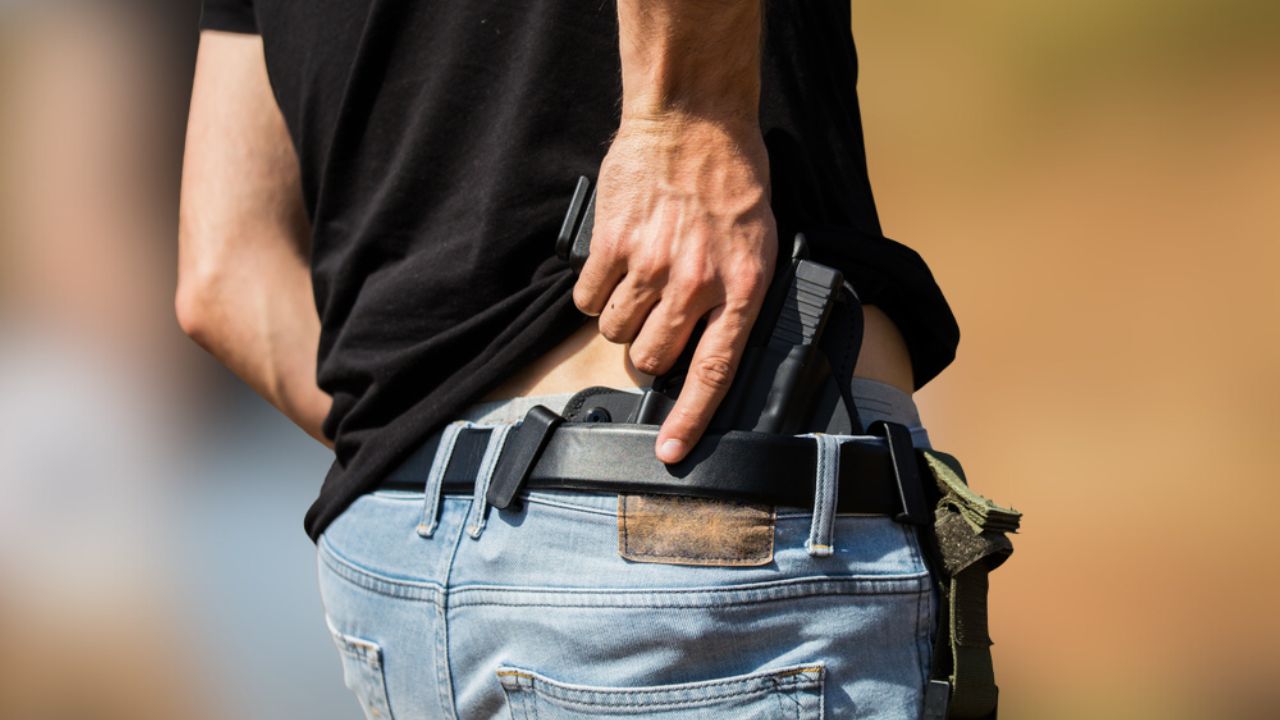In this valuable article, we’re focusing on important concealed carry tips that could be life-saving. As someone who regularly practices concealed carrying, I believe it’s crucial to update and refine our strategies and knowledge in this area, especially for civilians who might find themselves in unexpected situations.
These tips aren’t just for seasoned carriers; they’re also aimed at newcomers who might not be as familiar with the nuances of concealed carrying. It’s important to stay informed about the best practices and training methods that enhance safety and effectiveness. Remember, staying prepared and informed is key to ensuring your safety and those of others.
1. Get Comfortable Drawing With 1 Hand
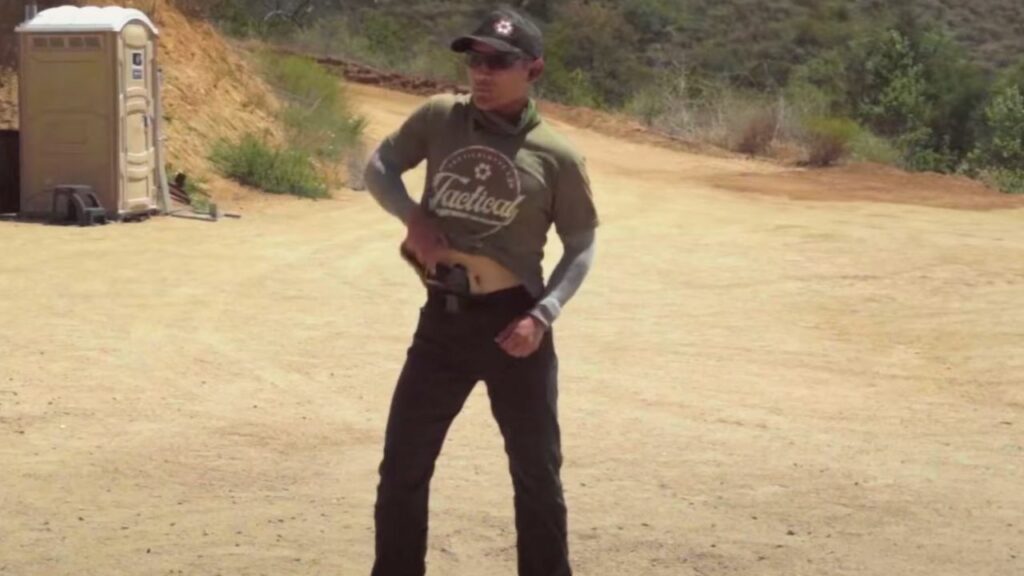
Mastering one-handed gun drawing is crucial for concealed carriers, not just as a skill but as a necessary response in various scenarios. You might need to draw your weapon single-handedly while managing other tasks, such as carrying a child, helping an injured person, or when one of your arms is compromised. Furthermore, physical confrontations can escalate quickly into more severe situations where accessing your firearm becomes critical to your safety.
Training to draw your gun with one hand involves practicing different grips and draws, such as retrieving your firearm upside down with your non-dominant hand. This can be effectively practiced at home using dry fire exercises, ensuring no live ammunition is present. It’s also important to practice clearing your garment while drawing, as this can often cause delays or issues in high-pressure situations. Regular practice ensures you are prepared and confident in using your firearm when it matters most.
2. Practice in Awkward Positions
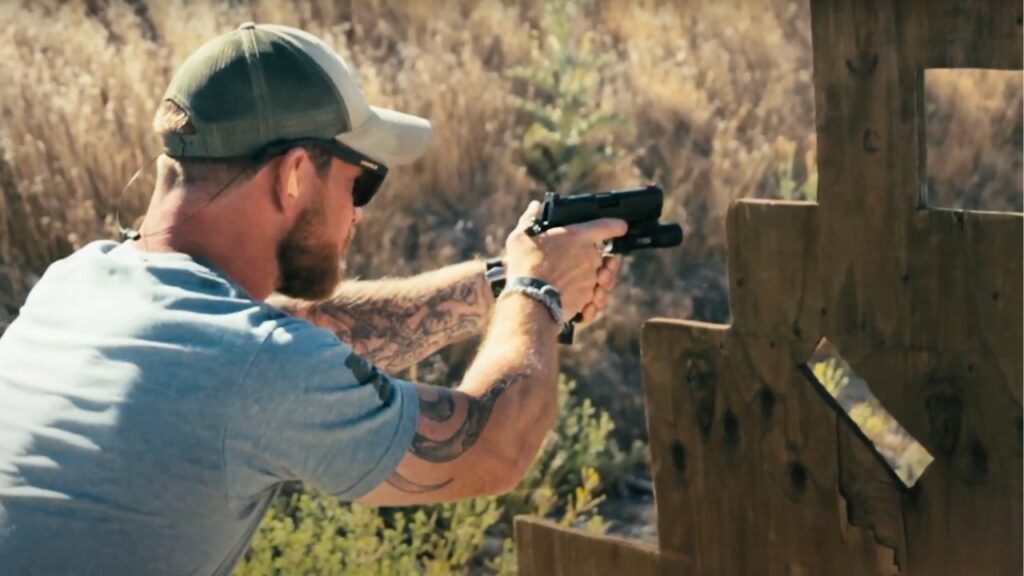
When considering concealed carry, preparing for unpredictable situations is crucial by practicing in awkward positions. You never know when or where you might need to respond to a threat, and being versatile in your shooting stance could be key to your safety. Practicing shooting from various positions, such as kneeling, prone, and even behind cover, is essential.
For instance, while many don’t typically shoot a handgun from prone, in a real scenario where threats are incoming, hitting the ground could be your first instinct. Likewise, learning to shoot effectively from around corners without overexposing yourself or managing to fire accurately while inside a vehicle can significantly enhance your readiness and response effectiveness.
Consider using props like a VTAC barricade or a simple folding chair at the range to simulate different environments and improve your handling skills in various defensive scenarios.
3. Always Carry On Your Body
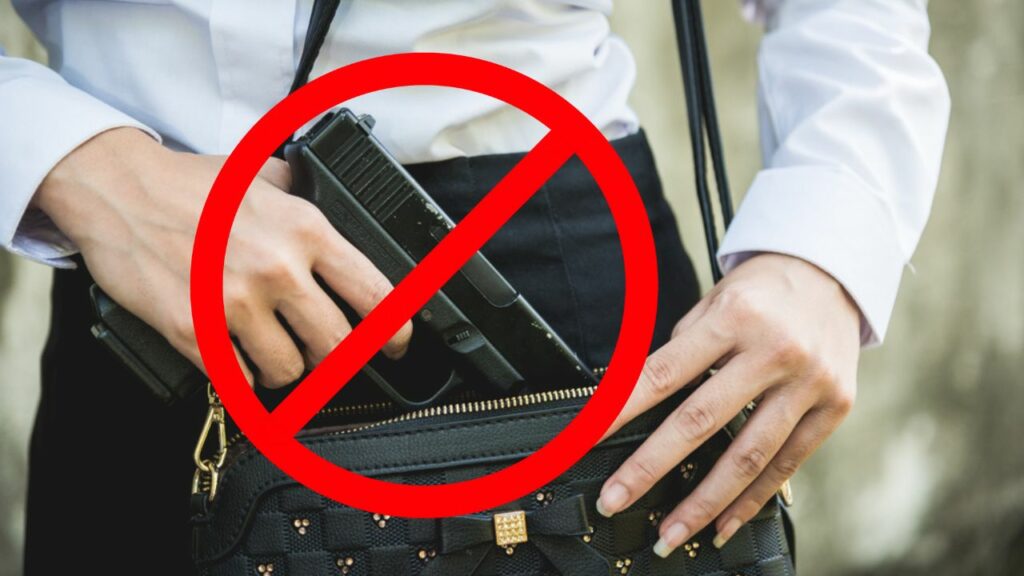
Carrying your firearm on your body is crucial for several reasons. Firstly, in high-stress situations where quick access is necessary, having your gun on your person ensures you can reach it swiftly. Common alternatives like purses or backpacks are less reliable as they can be taken from you, left behind, or stolen.
Such incidents not only pose a risk to public safety but also require complicated legal processes, like notifying the ATF. Furthermore, statistics show that most firearms used in crimes are originally stolen from lawful owners. Therefore, keeping your gun securely on your body and practicing regularly with it minimizes the risk of it falling into the wrong hands and helps maintain personal and public safety.
4. Rember To Train With Your Actual System
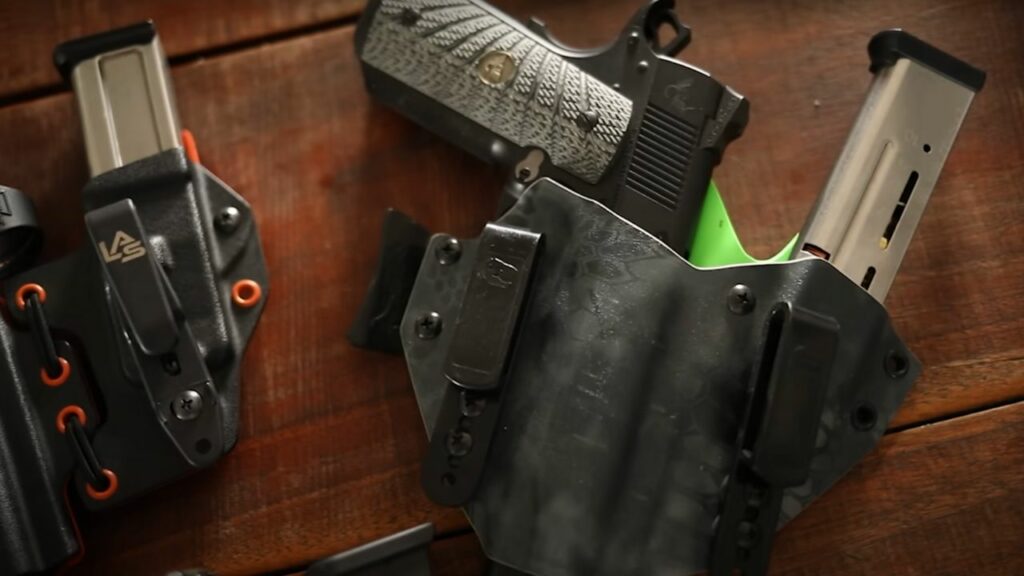
When training for concealed carry, it’s crucial to practice with the actual equipment you use daily—this includes your firearm, ammunition, holster, and regular clothing. Many people train with high-performance gear like a Staccato XC, but carry a different, often smaller firearm such as a Sig P365 in everyday situations. This mismatch can lead to unpreparedness in critical moments.
A holster that allows for quick draws in practice might not perform the same way with your regular carry setup, potentially causing issues with accessibility and speed during actual use. Training with your everyday gear might not be as exciting, but it builds familiarity and confidence, enhancing your ability to focus on situational awareness rather than equipment handling.
Additionally, practicing malfunction clearing is vital, as real-life issues often occur with firearm operation. Integrating dummy rounds or lower-quality ammunition into your practice can help you prepare for and efficiently handle these situations.
5. Always Use A Comfortable Carry System
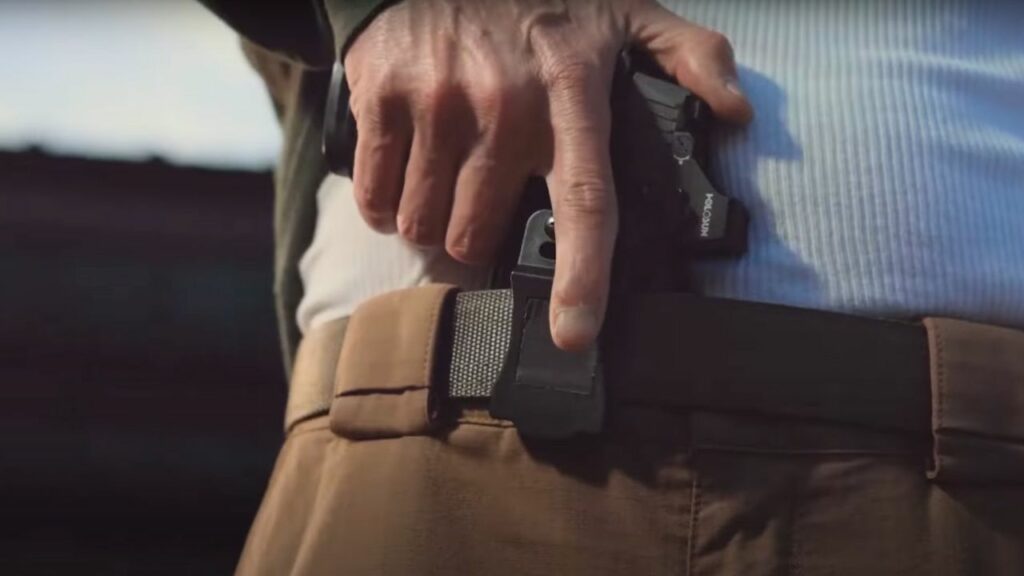
When choosing a concealed carry system, prioritize both functionality and comfort. Often, people compromise comfort for the sake of a firearm’s features, but this approach can lead to inconsistent carrying. For instance, larger guns like a Staccato P or Glock 34 might end up left in a vehicle, while smaller, more comfortable options like a Sig P365 or a Shield Plus are more likely to be carried consistently.
The key is having your gun readily accessible when needed rather than retrieving it from another location. Starting with a smaller, comfortable gun can also build your confidence and familiarity, potentially making it easier to transition to carrying larger firearms as you gain experience.
6. Choose A System Based On What Best Fits You
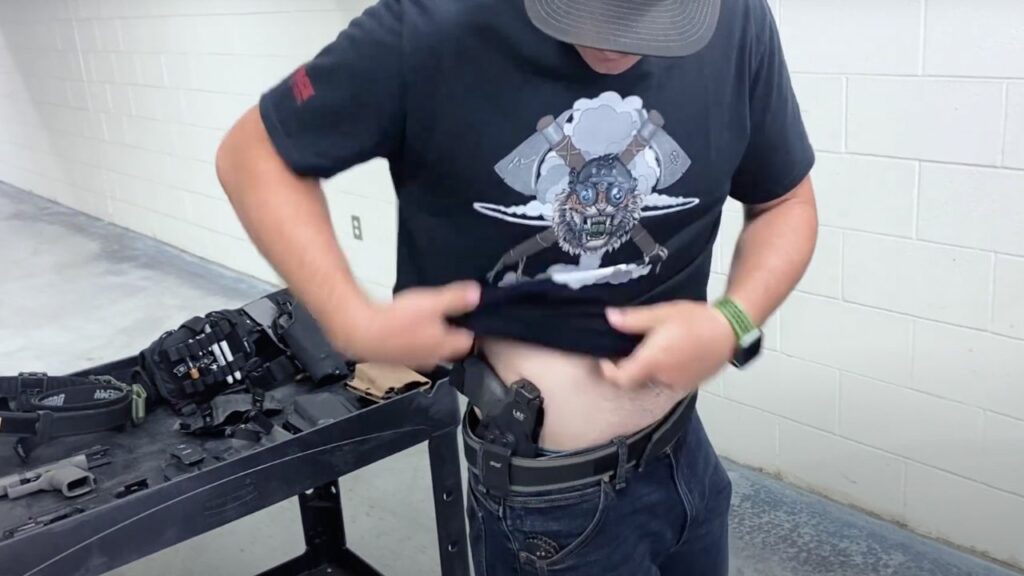
Choosing the right system for concealed carry is essential and should be tailored to your personal comfort and lifestyle. It’s common to see trends, like appendix or three o’clock carry positions, popularized on social media, but what matters most is finding a method that suits you.
Whether it’s a pocket, fanny pack, or shoulder holster, the key factors are comfort, concealability, and confidence in handling the firearm. A holster should allow you to move freely without worry, like when bending over in public spaces. Ultimately, it’s better to prioritize a carry method that fits well with your body and daily activities, ensuring you can use it comfortably and consistently.
7. Remember, If You Can, Run
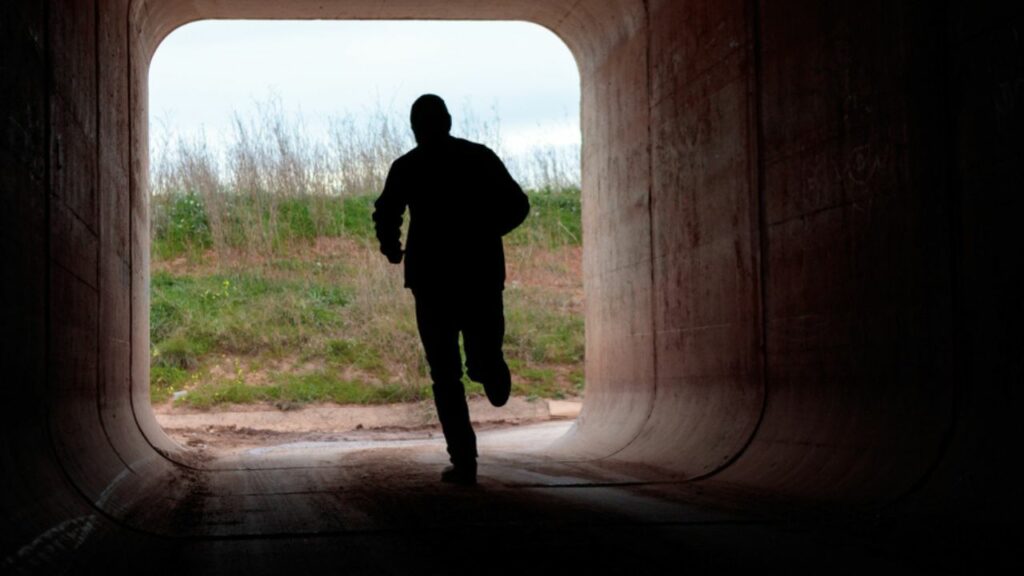
When discussing personal safety in threatening situations, a crucial tactic often overlooked is the option to flee if possible. While some advocate for “stand your ground” laws, the practical advice for most people, unless physically unable, is to escape from dangerous scenarios. This is not only a legal right but often the safest choice.
Knowing how to create distance—such as using a quick jab or kick to fend off an aggressor—can be vital when confrontation seems inevitable. This allows you the space to either escape or prepare a more effective defense. Understanding when and how far you can engage is also essential. In sum, often the best defense is to avoid the confrontation altogether and safely remove yourself from the situation.
8. Don’t Underestimate The Value In Learning To Fight
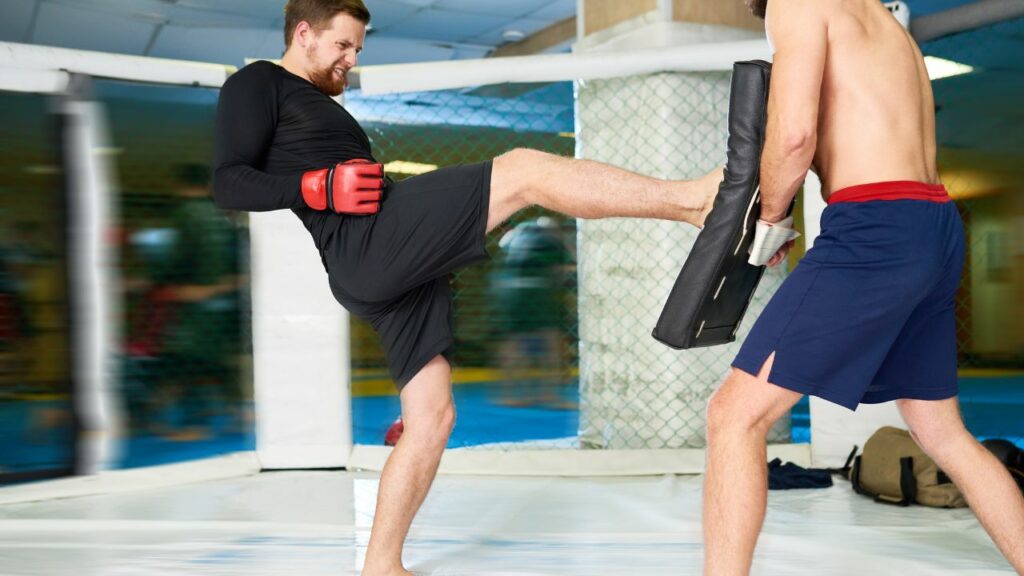
Understanding basic self-defense techniques, like striking and grappling, is crucial, especially for those who carry firearms. Knowing how to fight can significantly enhance your ability to manage dangerous, chaotic situations such as robberies or assaults. Mastering moves like jabs, front kicks, and grappling maneuvers can help you maintain control, even when someone attempts to grab your weapon.
Training in various martial arts, such as boxing, kickboxing, or Muay Thai, teaches you about managing distance and responding effectively in close encounters. Additionally, participating in full-contact sports like Jiu-Jitsu or wrestling prepares you for the intense physicality of real-life confrontations. These skills are vital for anyone, especially if you’re in a high-risk situation, allowing you to use tactical advantage over sheer strength.
9. Always Be Aware of Your Limits
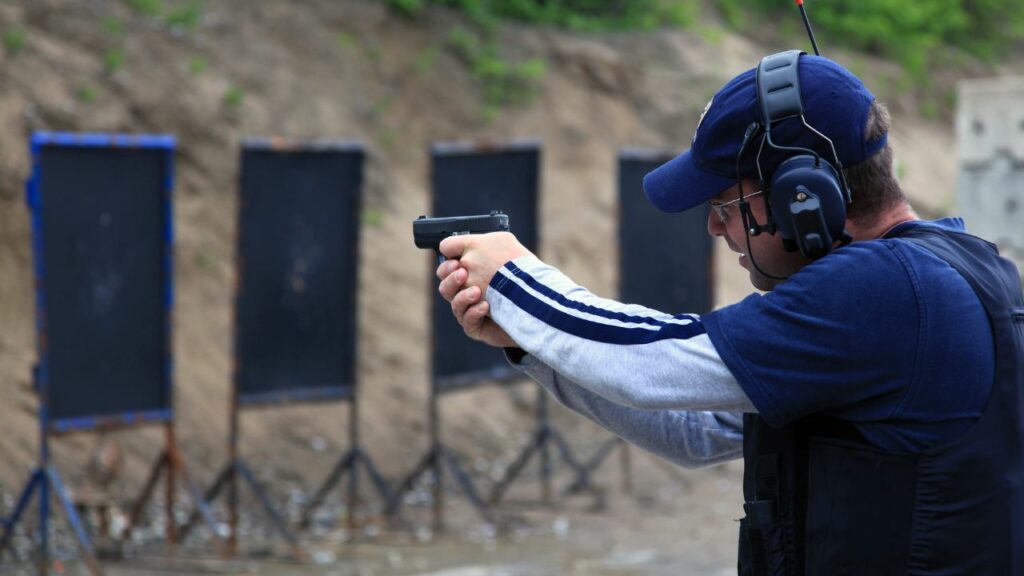
Understanding your shooting capabilities, especially in high-pressure situations, is crucial for responsible gun ownership. You must know the exact distance at which you can consistently hit a small, fist-sized target. This precision ensures that if you must use your firearm in defense, you can do so effectively without posing unnecessary risks to bystanders.
Being able to hit vital areas at these distances confidently means you’re better prepared to handle real-life scenarios safely. Always be aware of your surroundings and skill level to avoid dangerous situations where you might cause more harm than good. Your firearm and your ability to control it effectively are vital in ensuring both your safety and that of others around you.
10. Be Sure To Avoid Aftermarket Upgrades That Can Affect Reliability
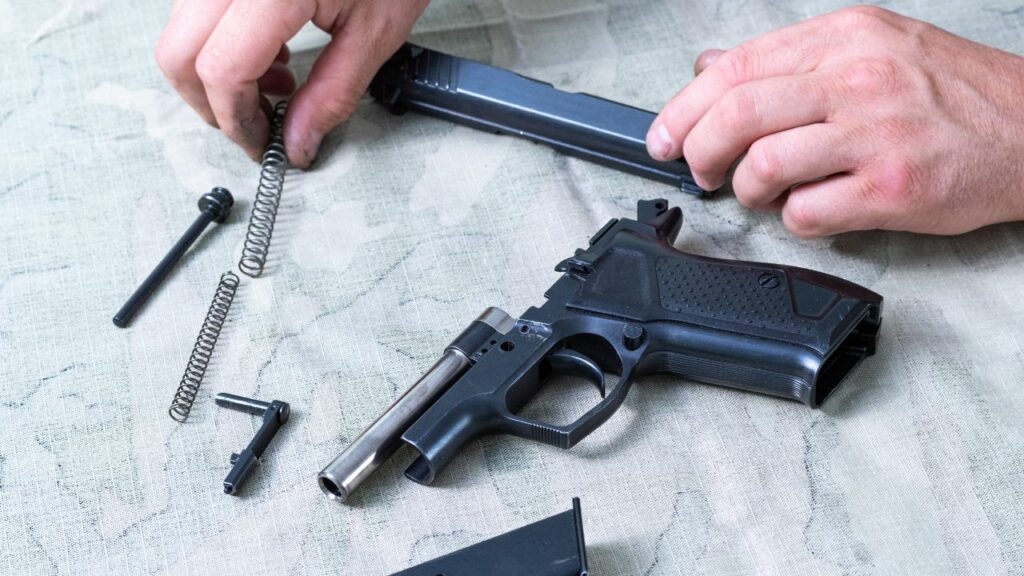
When customizing your firearm, it’s crucial to consider how aftermarket upgrades might impact its reliability. While some modifications, such as changing sights, generally do not affect performance, others can significantly compromise functionality. Alterations like adjusting the recoil spring’s weight or adding accessories that affect the gun’s weight and balance, such as optics or lights, can disrupt the firearm’s operational harmony.
These changes might result in malfunctions, especially with certain types of ammunition. If you decide to modify essential components like the barrel, recoil spring, or trigger, it is essential to thoroughly test the firearm with at least 500 to 1,000 rounds to ensure consistent performance. Always be cautious with modifications to maintain your firearm’s reliability.
11. You MUST Try a Competition
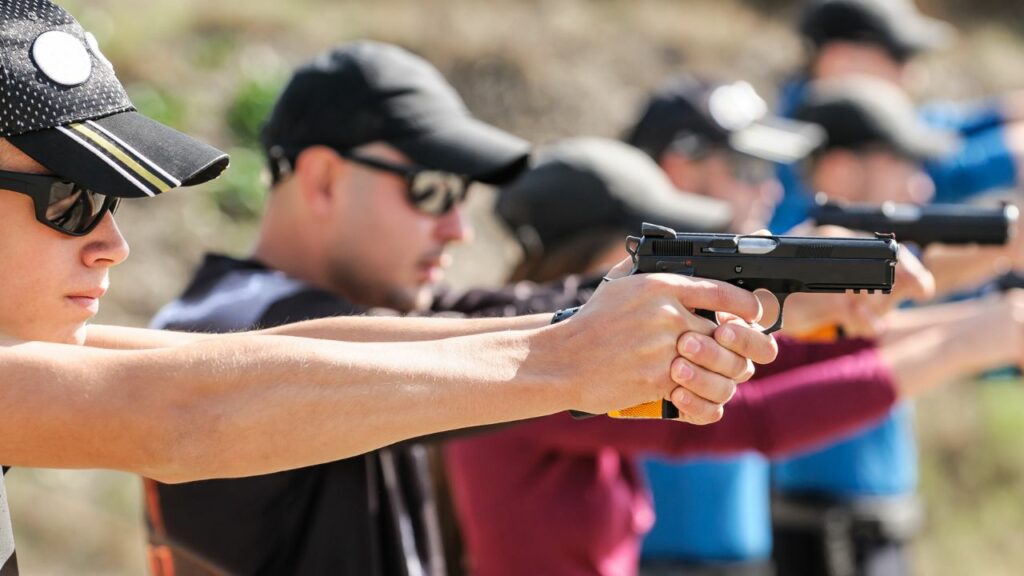
Participating in a competition, such as a local USPSA match or an IDPA three-gun event, is highly beneficial for those looking to improve under pressure. These competitions place you in scenarios where you’re timed and challenged to move and shoot accurately at distant and difficult targets.
The presence of an audience and the competitive environment amplify stress levels, which can be akin to mild real-world confrontations, though not as intense as actual combat scenarios. This stress inoculation is crucial as it prepares you to handle intense situations by exposing you to controlled failures and pressures. Ultimately, such experiences are invaluable for personal growth and improvement in handling high-pressure situations. Plus, it’s a fun and engaging way to enhance your skills.
12. Just Get Out & Have Fun
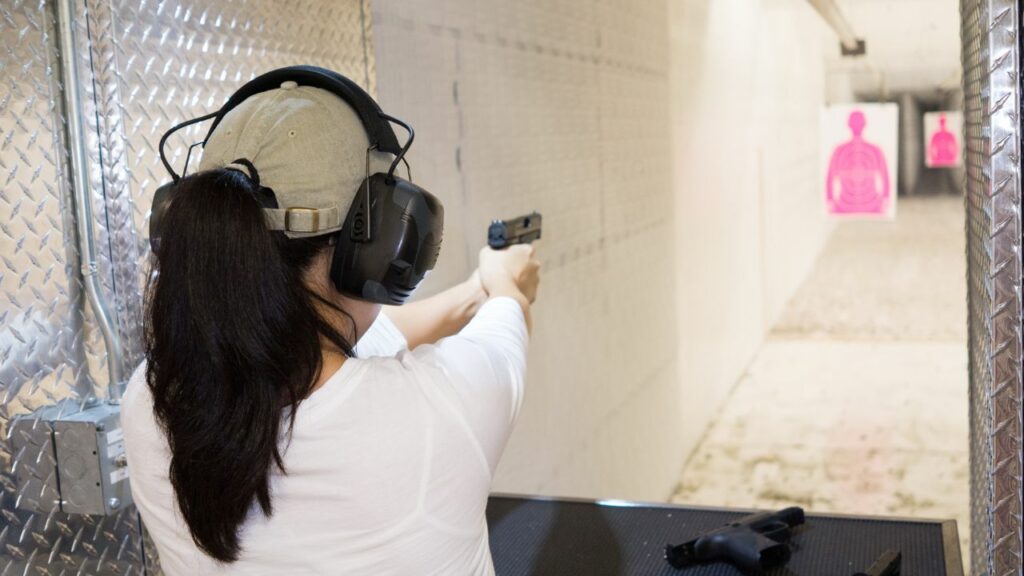
Embracing fun in your training can significantly enhance your self-defense skills. Activities like boxing, jiu-jitsu, and shooting at the range are not only enjoyable but also crucial for building necessary skills. Engaging in these activities allows you to experience real-life scenarios where you might face malfunctions or need to adapt quickly. For instance, using cheaper ammunition can lead to malfunctions that, while frustrating, are invaluable for practice.
Similarly, participating in competitions can teach you to work through problems under pressure, mirroring potential real-life situations. Overall, incorporating fun into your practice not only makes the learning process enjoyable but also deeply effective, reinforcing skills through repetition and real-world application.
